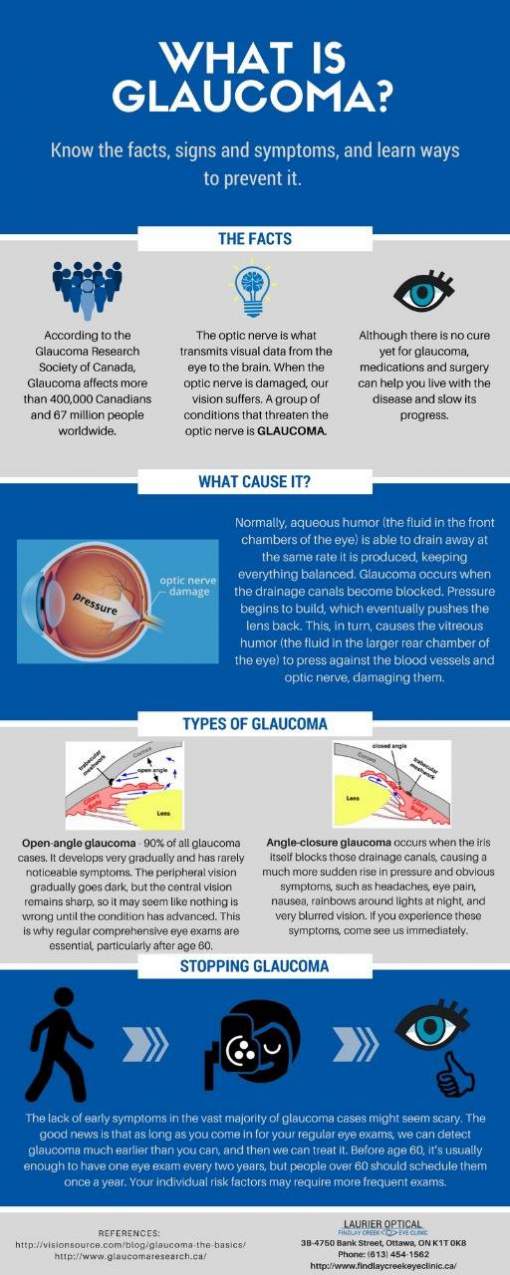A Thorough Exam Of Modern Cataract Surgical Treatment Methods
A Thorough Exam Of Modern Cataract Surgical Treatment Methods
Blog Article
Composed By-Burton Sanford
As you check out the evolution of advanced cataract surgical procedure methods, you'll witness a trip marked by ingenuity and precision. From ancient methodologies that paved the way for modern developments to sophisticated innovations that are reinventing the area, the detailed summary of cataract surgery techniques is a testimony to human development and commitment to enhancing individual results. The complex interplay in between historical methods and advanced improvements produces an interesting narrative that clarifies the evolution of one of one of the most typical operations worldwide.
Historical Techniques and Technologies
Explore just how early surgeons revolutionized cataract treatment by using ingenious techniques and tools. In the past, cataract surgical procedure was a dangerous and excruciating procedure. Nevertheless, old Indian physicians were amongst the first to try surgical treatments for cataracts, using a technique called 'couching' where a sharp tool was utilized to push the cataract back into the eye. This approach, though crude by today's criteria, laid the groundwork for future improvements in cataract surgical treatment.
As time proceeded, Arab doctors made significant contributions by developing specialized needles for cataract removal. Read Significantly more were utilized to pierce the cataract and after that remove it from the eye, marking a considerable improvement in surgical precision.
Later on, in the 18th century, the French surgeon Jacques Daviel spearheaded the strategy of extracapsular cataract extraction, where the entire lens was eliminated intact via a bigger laceration. This noted a major innovation in cataract surgery techniques, paving the way for the modern procedures we utilize today.
Modern Surgical Approaches
Early techniques in cataract surgical treatment have evolved substantially, resulting in the growth of modern medical techniques that focus on accuracy and boosted patient results. Modern cataract surgical treatment now typically entails a treatment called phacoemulsification, where an ultrasonic device separate the cataract for elimination via a small cut. This method permits quicker healing and lowers the risk of complications contrasted to older techniques.
Furthermore, the use of sophisticated intraocular lenses (IOLs) has changed cataract surgical treatment results. These lenses can deal with not just the cataract but likewise other refractive mistakes like astigmatism, decreasing the demand for glasses post-surgery.
Surgeons today also have accessibility to advanced imaging innovations that aid in exact preoperative preparation and intraoperative decision-making. Optical comprehensibility tomography (OCT) and other imaging modalities offer thorough pictures of the eye's structures, allowing for an extra individualized technique to every person's surgical treatment. With these improvements, modern-day cataract surgical procedure methods remain to improve, providing people more secure treatments and much better aesthetic end results.
Arising Technologies in Cataract Surgery
With advancements in modern technology changing the area, cataract surgical treatment is witnessing the assimilation of cutting-edge strategies for improved individual outcomes. Emerging technologies in cataract surgery are improving the landscape of sensory treatments. One such development is femtosecond laser technology, which allows for specific corneal incisions, capsulotomies, and lens fragmentation, bring about improved medical accuracy and end results.
Furthermore, intraoperative aberrometry is acquiring popularity, making it possible for real-time measurements of refractive errors throughout surgical treatment to boost intraocular lens power estimations and lower postoperative refractive surprises.
Moreover, using innovative imaging technologies like optical coherence tomography (OCT) and intraoperative wavefront aberrometry aids specialists in exact surgical preparation and execution. These tools supply comprehensive anatomical info and aid personalize surgical techniques for each and every individual's distinct eye qualities.
Furthermore, what are the drops for after cataract surgery in artificial intelligence are being discovered to help in preoperative planning, intraoperative decision-making, and postoperative care, potentially optimizing surgical results and person contentment. Accepting these arising innovations in cataract surgical procedure holds promise for additional enhancing person end results and making certain the continued development of sensory surgical strategies.
Conclusion
As you journey with the history of cataract surgical procedure, you witness the improvement from ancient methods to advanced technologies. Like a phoenix metro rising from the ashes, cataract surgical treatment has evolved into a beacon of hope and development.
Equally as a caterpillar arises from its cocoon as a beautiful butterfly, cataract surgical procedure has thrived right into a polished art kind, offering clients more clear vision and a brighter future.
The advancement proceeds, shining a light on endless opportunities.
